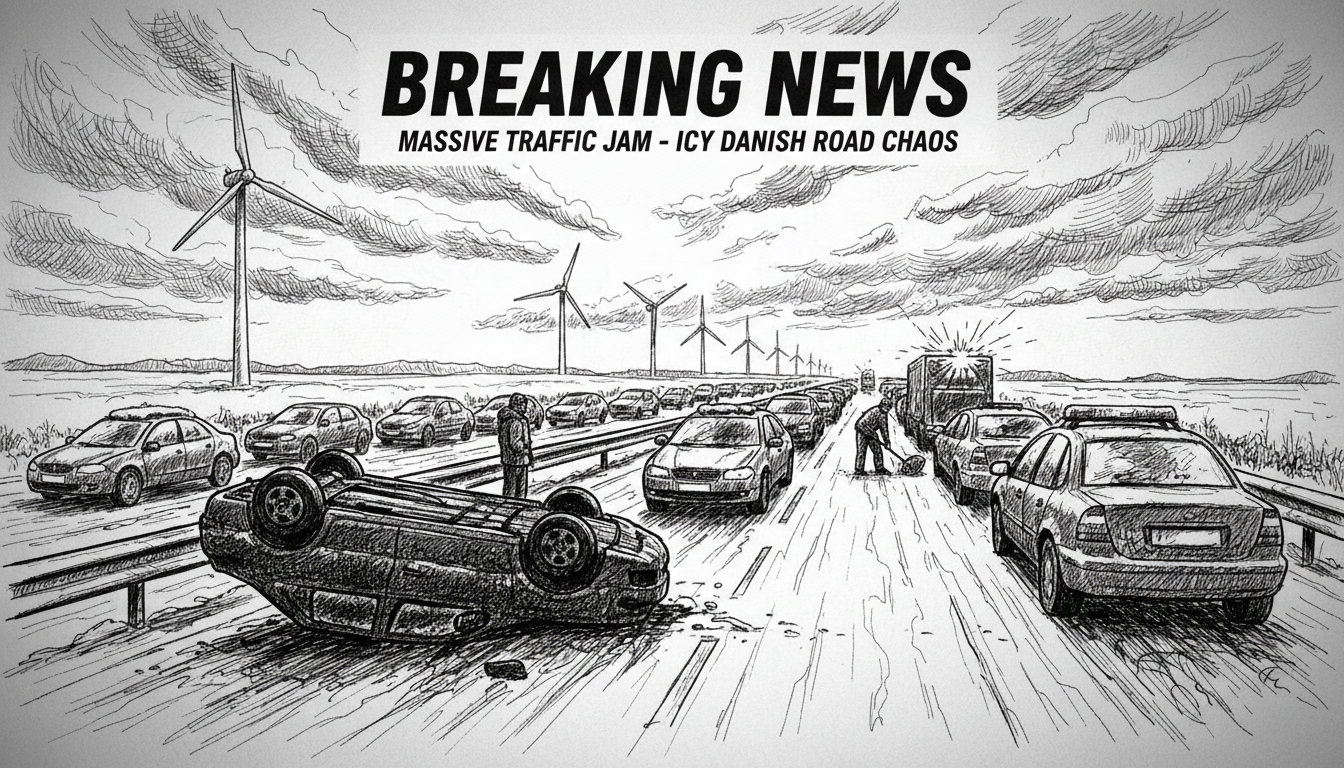A single-vehicle accident has caused complete traffic standstill in both directions on Hillerødvej and Kildevej north of Copenhagen. The collision occurred during morning rush hour, creating extensive delays for commuters traveling between Hillerød and the capital region. Emergency services responded quickly to secure the area and assist the driver involved.
Authorities confirm the accident has been cleared, but they warn drivers about extremely slippery road conditions persisting in the area. Road maintenance crews are now treating the surface to improve traction, though motorists should expect continued slowdowns during the cleanup operation.
This incident highlights the ongoing challenge of winter road safety in Denmark, where sudden temperature drops can create dangerous black ice conditions. Danish roads typically experience increased accident rates during transitional weather periods when drivers haven't yet adjusted to changing conditions. The Hillerødvej corridor serves as a major arterial route connecting northern Zealand communities to Copenhagen, making any disruption particularly impactful for regional mobility.
International readers should note that Danish winter road maintenance follows strict protocols, with salted roads being standard procedure during cold months. However, rapid weather changes can sometimes outpace treatment schedules, creating temporary hazardous conditions. Expat drivers in Denmark should always exercise extra caution during temperature fluctuations near freezing, when invisible black ice forms most readily.
The economic impact of such disruptions extends beyond commuter delays, affecting commercial transport and delivery schedules throughout the capital region. Local businesses along the affected route typically see reduced customer traffic during major road incidents, compounding the transportation network's broader economic significance.
Road safety experts emphasize that single-vehicle accidents often serve as early indicators of deteriorating road conditions that could affect multiple drivers. The quick response by Danish authorities in this case demonstrates the country's generally effective emergency management systems, though it also reveals infrastructure vulnerabilities during extreme weather events.
What happens next? Traffic should gradually normalize as road treatments take effect and awareness spreads among motorists. However, similar incidents remain likely throughout the Nordic winter season, underscoring the need for defensive driving techniques and real-time weather monitoring for all road users in the region.

